In Applied Physics Reviews, scientists at UCLA describe their development of a type of wearable human-machine interface device that is stretchable, inexpensive, and waterproof. The device is based on a soft magnetoelastic sensor array that converts mechanical pressure from the press of a finger into an electrical signal. The device involves two main components: a layer that translates mechanical movement to a magnetic response and a magnetic induction layer consisting of patterned liquid metal coils.
Tag: Applied Physics Reviews
Printing Flexible Wearable Electronics for Smart Device Applications
With the increase in demand for flexible wearable electronics, researchers have explored flexible energy storage devices, such as flexible supercapacitators, that are lightweight and safe and easily integrate with other devices. Printing electronics has proved to be an economical, simple, and scalable strategy for fabricating FSCs. In Applied Physics Reviews, researchers provide a review of printed FSCs in terms of ability to formulate functional inks, design printable electrodes, and integrate functions with other electronic devices.
3D Bioprinting Technique Controls Cell Orientation
Cell tissues tend to be highly ordered in terms of spatial distribution and alignment, so bioengineered cellular scaffolds for tissue engineering applications must closely resemble this orientation to be able to perform like natural tissue. In Applied Physics Reviews, from AIP Publishing, an international research team describes its approach for directing cell orientation within deposited hydrogel fibers via a method called multicompartmental bioprinting.
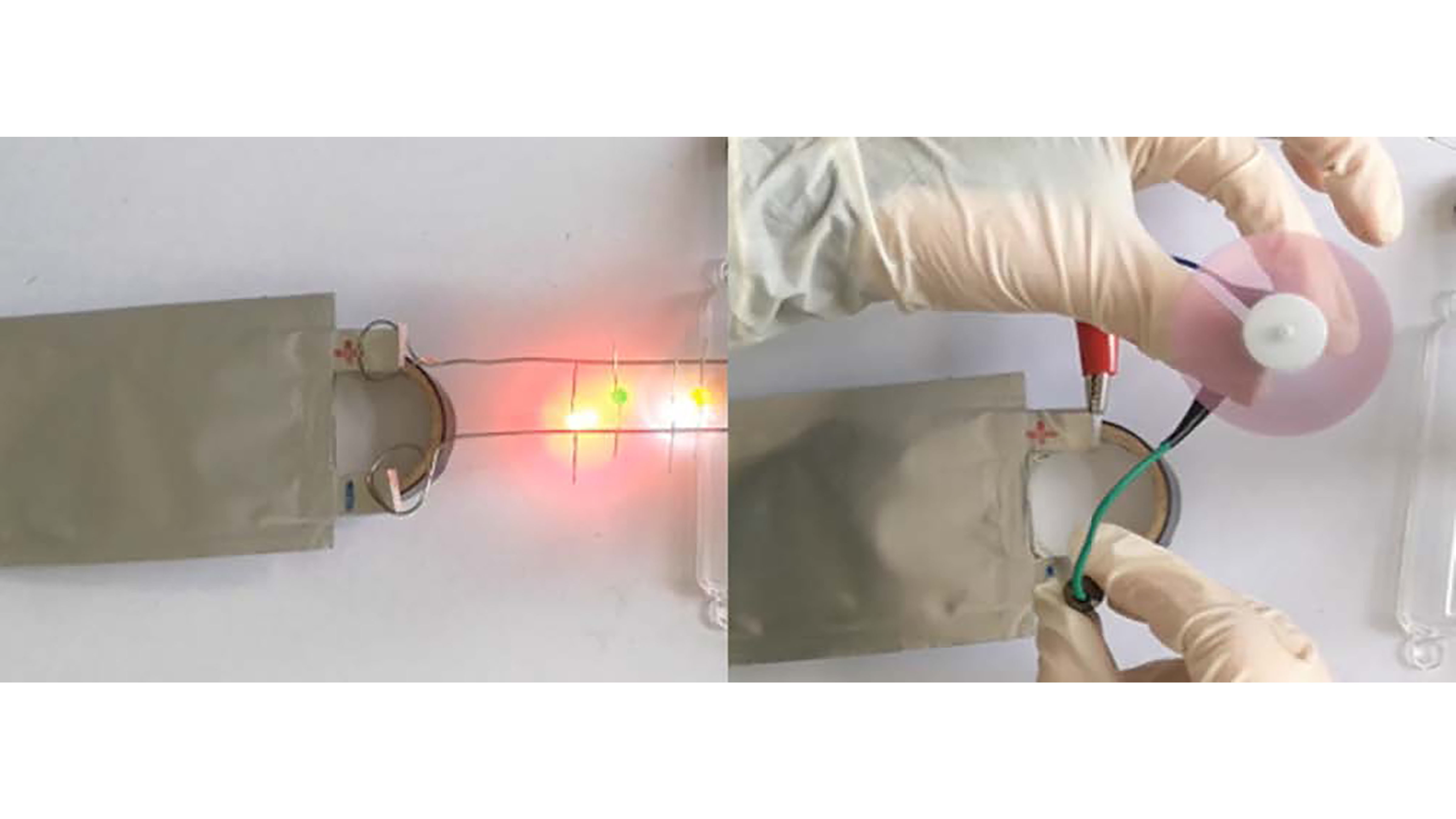
Can Sodium-Ion Batteries Replace Trusty Lithium-Ion Ones?
Sodium-ion batteries are a potential replacement for lithium batteries, but different anodes are needed for the same level of performance. Amorphous carbon is known to be a useful anode, because it has defects and voids that can be used to store sodium ions. Nitrogen/phosphorus-doped carbon also offers appealing electrical properties. In Applied Physics Reviews, researchers describe how they applied basic physical concepts of atomic scale to build high-performance anodes for sodium-ion batteries.
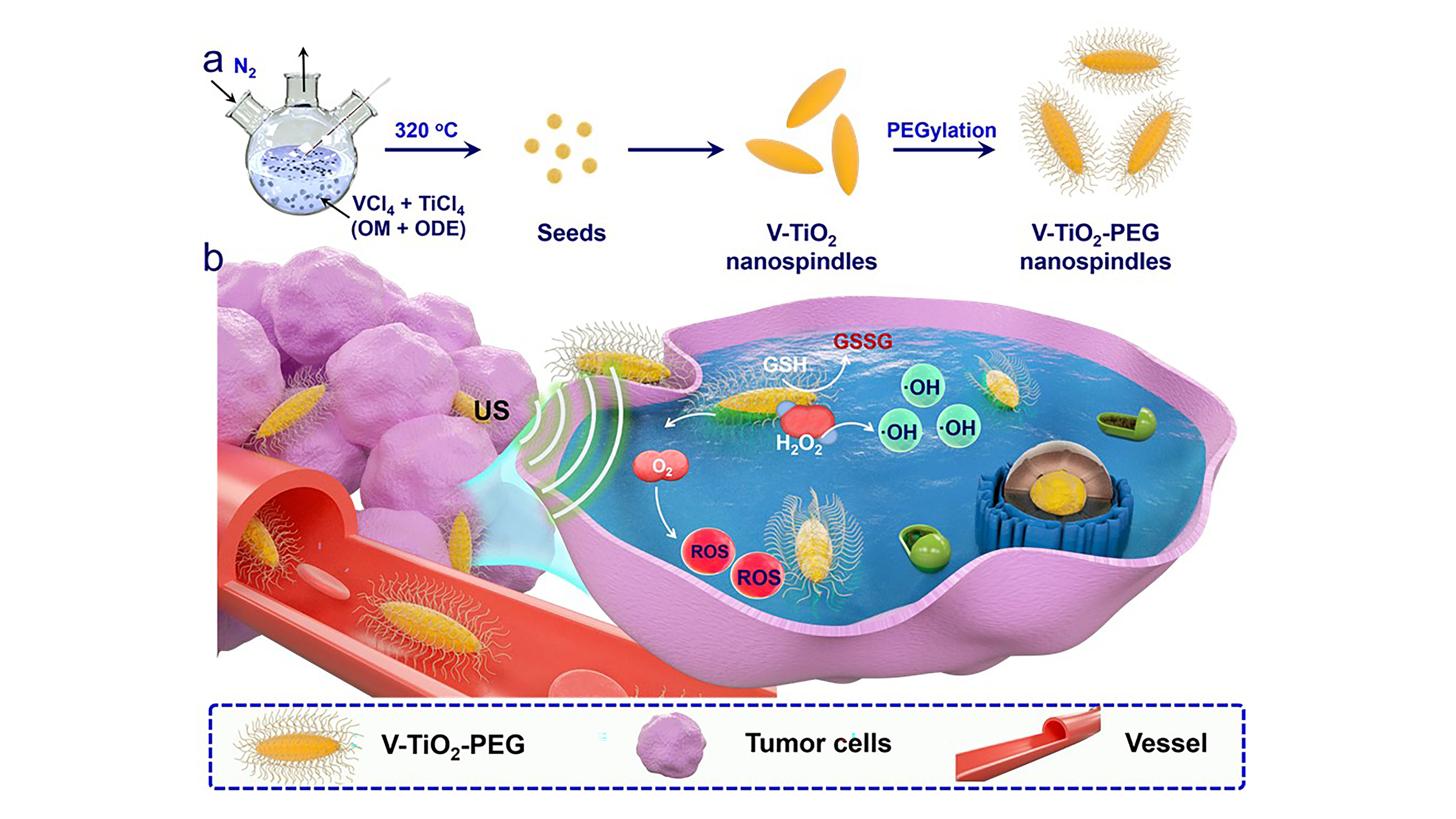
Tiny Nanospindles Enhance Use of Ultrasound to Fight Cancer
Ultrasound can be used to treat cancer when used in combination with molecules that sensitize the system to sound waves. These sonosensitizers generate toxic reactive oxygen species that attack and kill tumor cells. In Applied Physics Review, scientists report a new type of sonosensitizer based on a vanadium-doped titanium dioxide that enhances the amount of damage ultrasound inflicts on tumors. Studies in mice showed that tumor growth was markedly suppressed when compared to a control group.
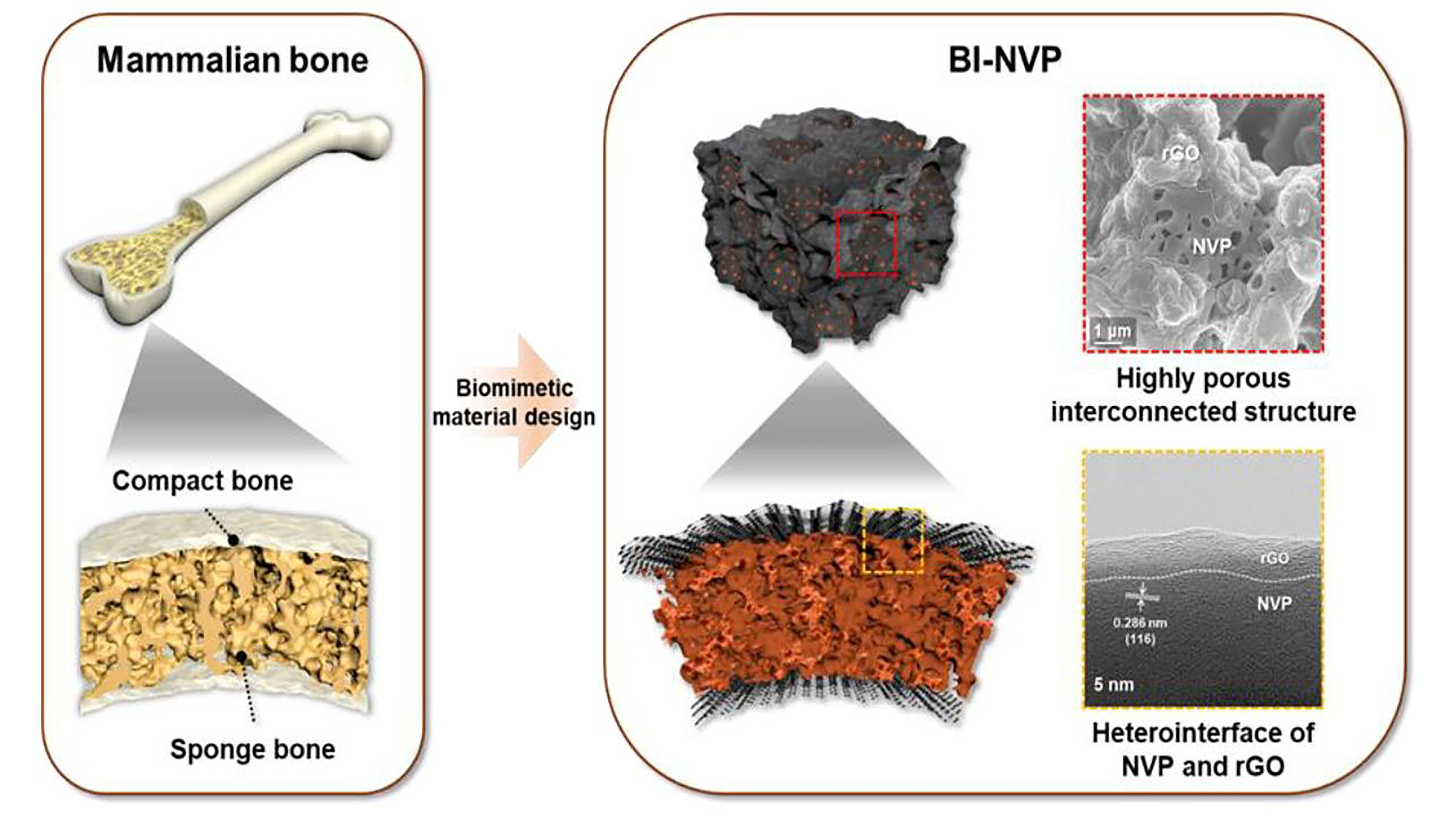
Batteries Mimic Mammal Bones for Stability
Sodium-ion batteries offer several advantages over lithium-ion batteries; however, it is difficult to develop sodium cathodes, materials through which electrons can enter a battery. Many candidate materials are unstable or cannot withstand high voltages. To find a solution, researchers turned to nature. They created a porous system of NVP structures, surrounded by a dense shell of reduced graphene oxide. They describe the mammal bone-inspired sodium cathode in the journal Applied Physics Reviews.
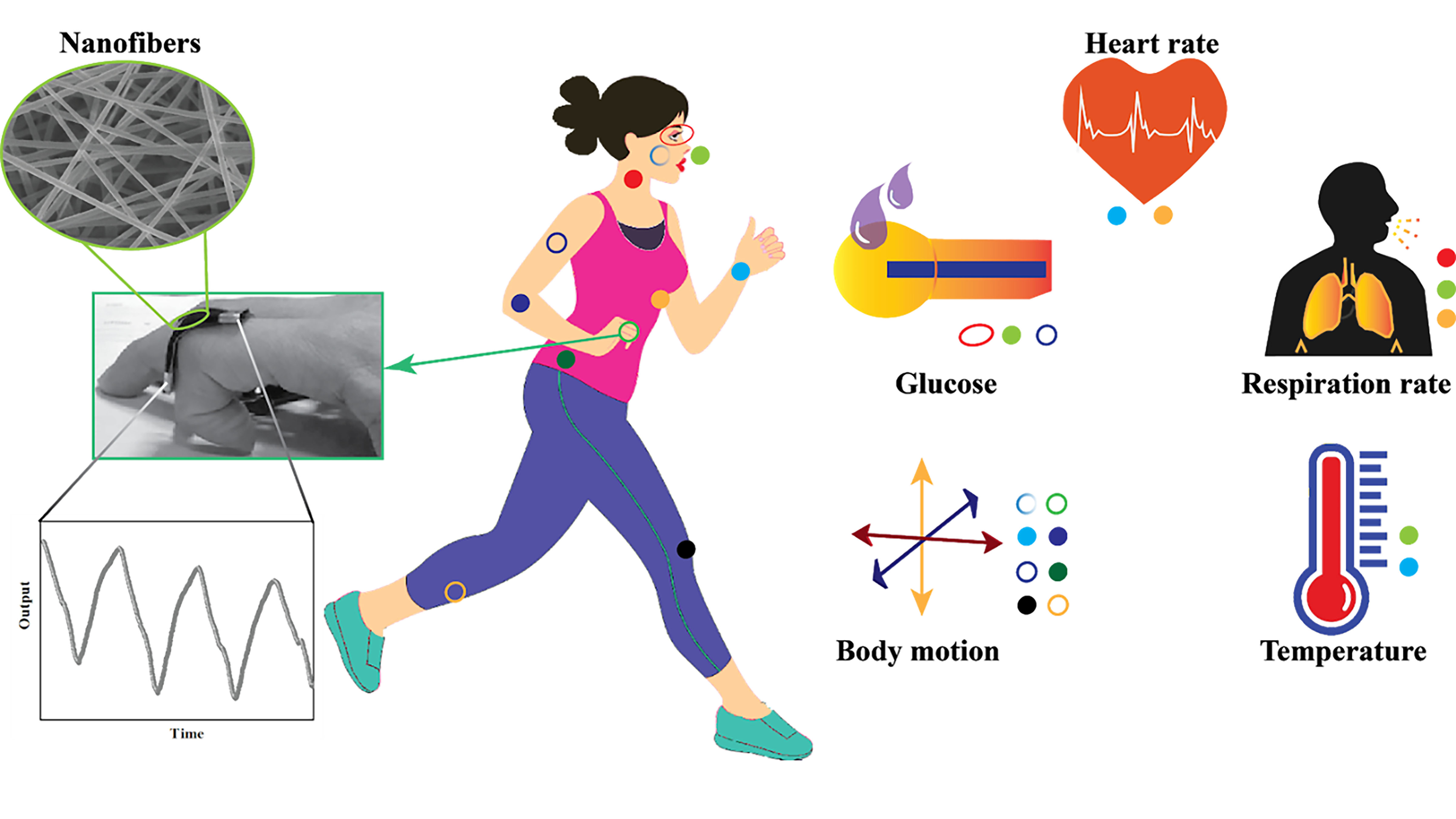
Clothing, Tattoos Could Be Used to Monitor Patient Health
A shirt that monitors your blood pressure or a pair of socks that can keep track of your cholesterol levels might be just a few years away from becoming reality. In Applied Physics Reviews, researchers examine the use of microfibers and nanofibers as wearable monitors that could keep track of a patient’s vital signs. The microfiber- and nanofiber-based technology addresses growing concerns in the medical community about monitoring chronic illnesses as the population ages.

Improving High-Energy Lithium-Ion Batteries with Carbon Filler
Lithium-ion batteries are the major rechargeable power source for many portable devices as well as electric vehicles, but their use is limited, because they do not provide high power output while simultaneously allowing reversible energy storage. Research reported in Applied Physics Reviews aims to offer a solution by showing how the inclusion of conductive fillers improves battery performance.
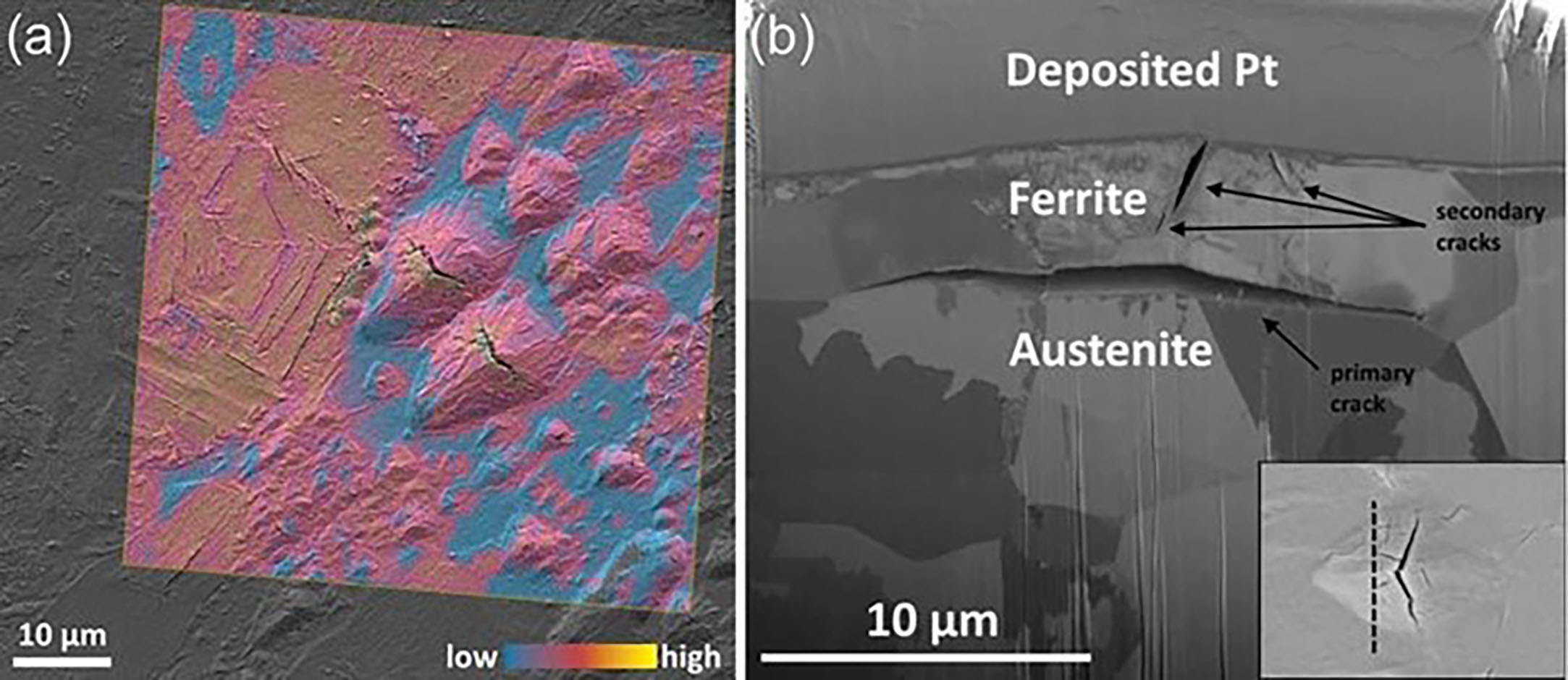
Hydrogen Embrittlement Creates Complications for Clean Energy Storage, Transportation
Hydrogen is becoming a crucial pillar in the clean energy movement, and developing safe and cost-effective storage and transportation methods for it is essential but complicated, because hydrogen can cause brittleness in several metals including ferritic steel. Recent advancements are starting to provide insight into the embrittlement process. A review of various methods in Applied Physics Reviews improves the understanding of the structure, property, and performance of ferritic steels subjected to mechanical loading in a hydrogen environment.
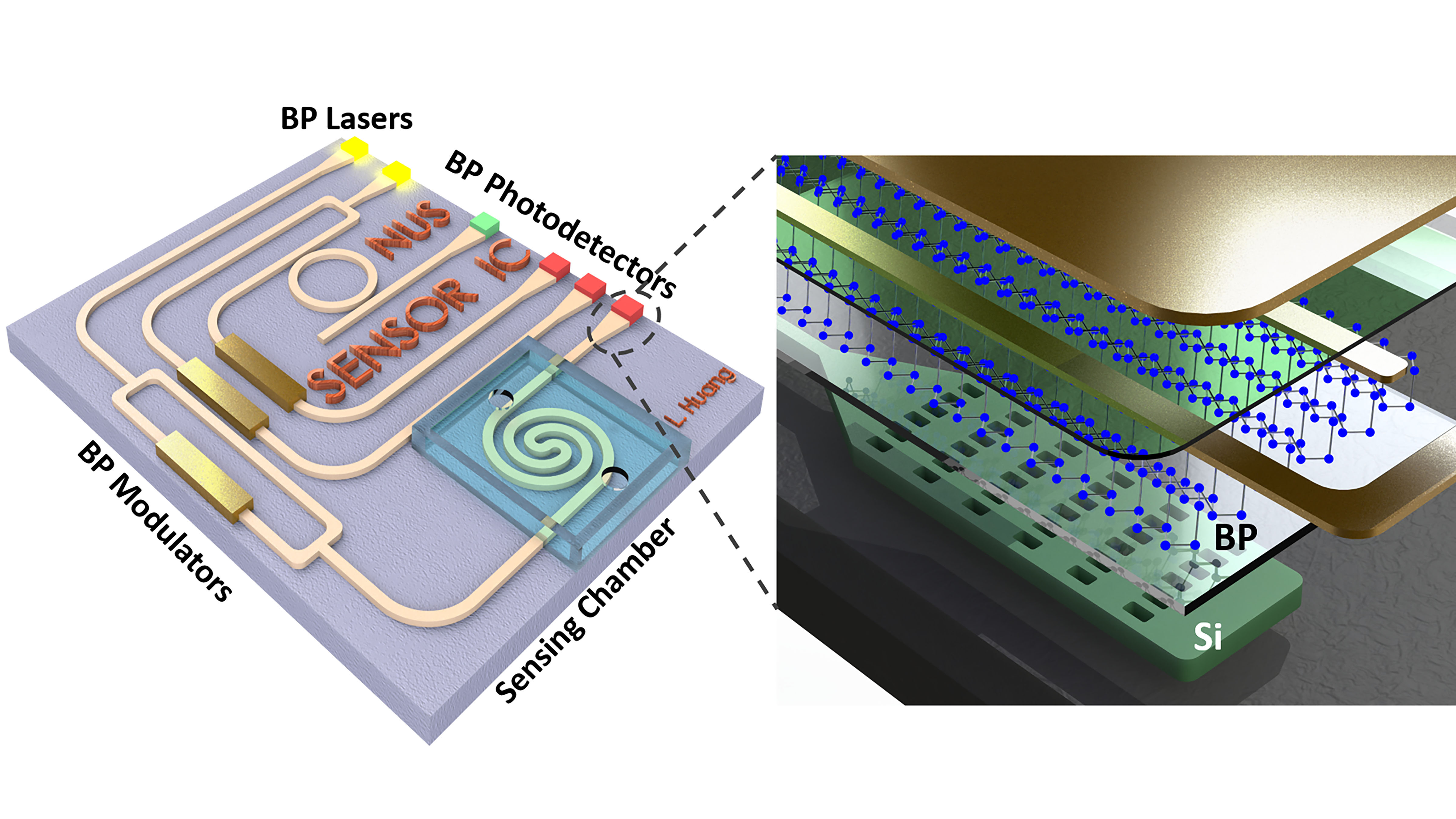
Black Phosphorus Future in 3D Analysis, Molecular Fingerprinting
Many compact systems using mid-infrared technology continue to face compatibility issues when integrating with conventional electronics. Black phosphorus has garnered attention for overcoming these challenges thanks to a wide variety of uses in photonic circuits. Research published in Applied Physics Reviews highlights the material’s potential for emerging devices ranging from medical imaging to environment monitoring, assessing progress in different components of the chips, from light detection to laser emission.

Photon-Based Processing Units Enable More Complex Machine Learning
Machine learning performed by neural networks is a popular approach to developing artificial intelligence, as researchers aim to replicate brain functionalities for a variety of applications. A paper in the journal Applied Physics Reviews proposes a new approach to perform computations required by a neural network, using light instead of electricity. In this approach, a photonic tensor core performs multiplications of matrices in parallel, improving speed and efficiency of current deep learning paradigms.
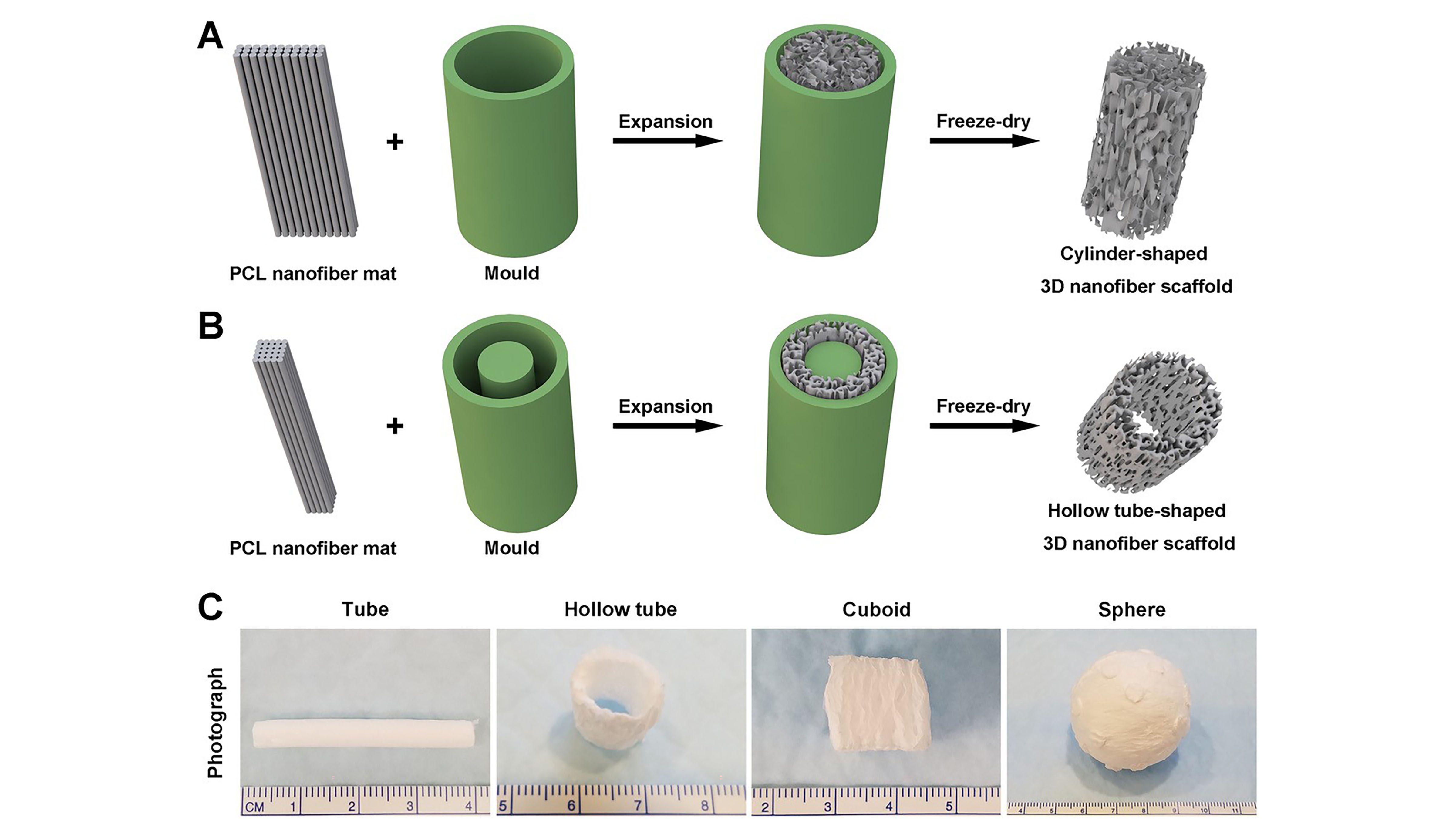
Nanofiber Membranes Transformed Into 3D Scaffolds
Researchers combined gas foaming and 3D molding technologies to quickly transform electrospun membranes into complex 3D shapes for biomedical applications. The new approach demonstrates significant improvements in speed and quality compared with other methods, and is the first successful demonstration of formation of 3D neural tissue constructs with an ordered structure through differentiation of human neural progenitor/stem cells on these transformed 3D nanofiber scaffolds. They discuss their work in this week’s Applied Physics Reviews.
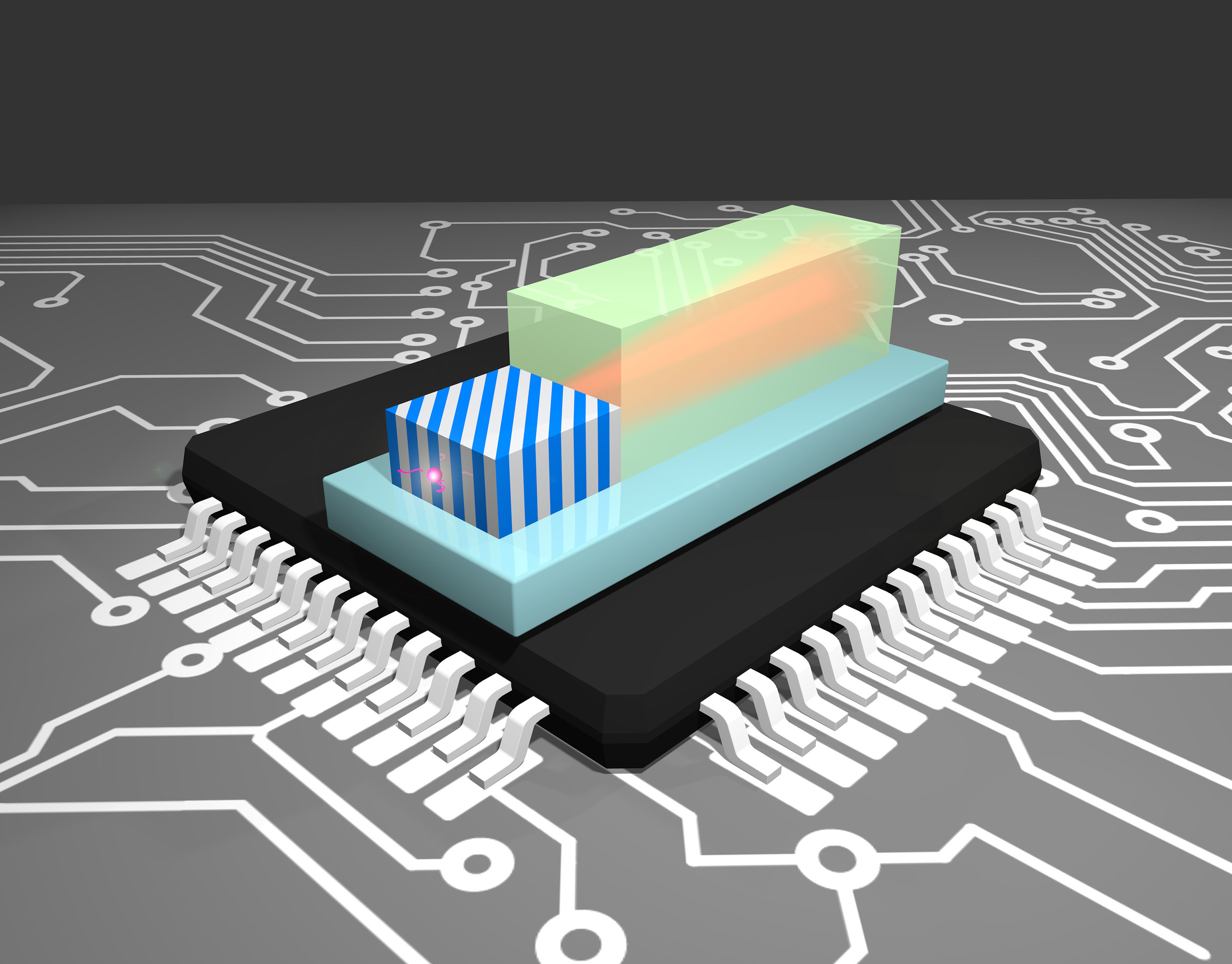
Broadband Enhancement Relies on Precise Tilt
If a photon source could be placed on a single chip and made to produce photons at a high rate, this could enable high-speed quantum communication or information processing. In Applied Physics Reviews, a simple on-chip photon source using a hyperbolic metamaterial is proposed, and investigators carried out calculations to show that a prototype arranged in a precise way can overcome problems of low efficiency and allow for high repetition rates for on-chip photon sources.
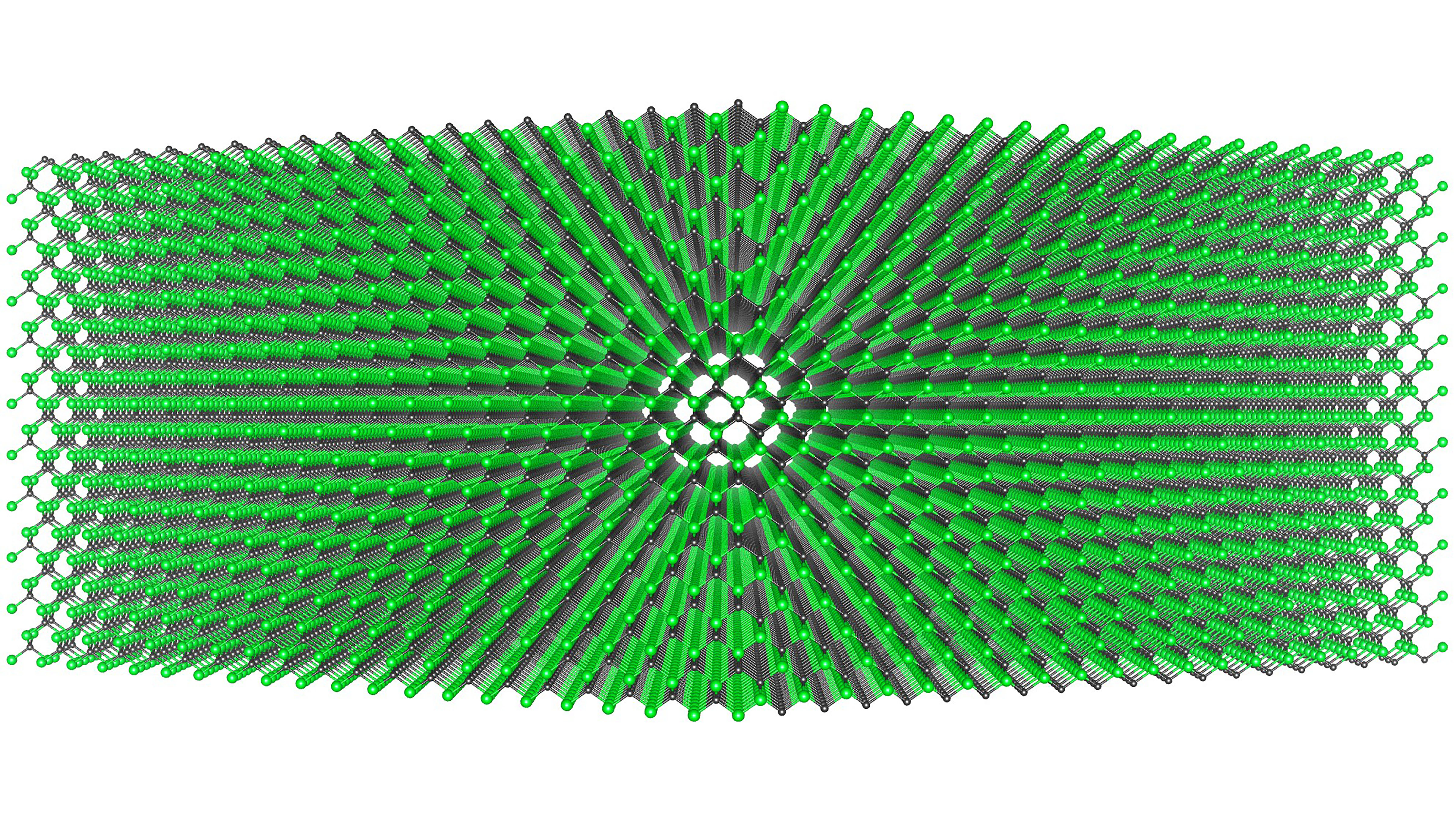
Emerging Wide Bandgap Semiconductor Devices Based on Silicon Carbide May Revolutionize Power Electronics
Silicon plays a central role within the semiconductor industry for microelectronic and nanoelectronic devices, and silicon wafers of high purity single-crystalline material can be obtained via a combination of liquid growth methods. In Applied Physics Reviews, researchers describe the atomic mechanisms governing extended defect kinetics in cubic silicon carbide, which has a diamondlike zincblende crystal structure that manifests stacking and anti-phase instabilities. The study pinpoints the atomistic mechanisms responsible for extended defect generation and evolution.
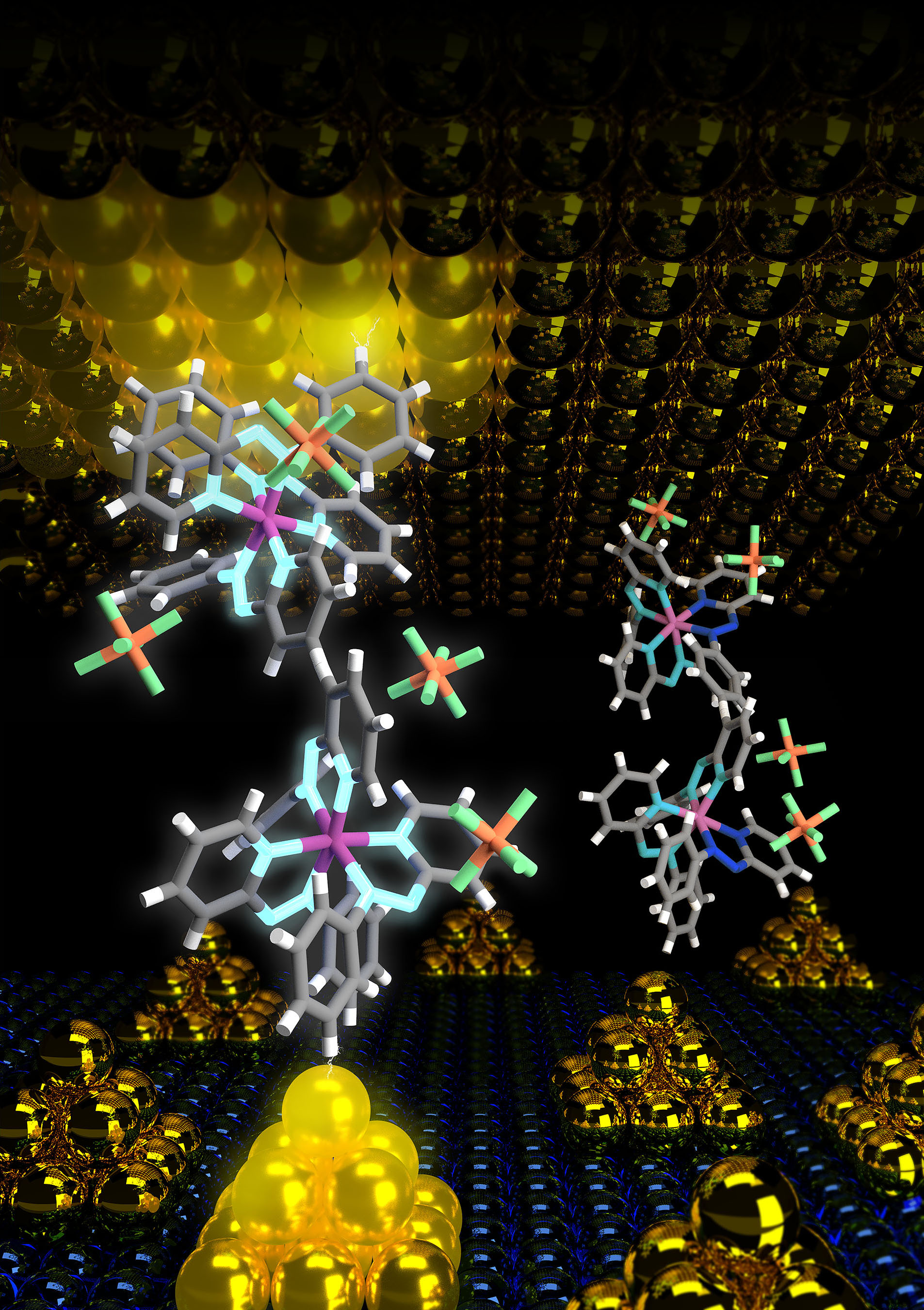
Organic Memory Devices Show Promise for Flexible, Wearable, Personalized Computing
The advent of artificial intelligence, machine learning and the internet of things is expected to change modern electronics. The pressing question for many researchers is how to handle this technological revolution. Brain-inspired electronics with organic memristors could offer a functionally promising and cost- effective platform. Since memristors are functionally analogous to the operation of neurons, the computing units in the brain, they are optimal candidates for brain-inspired computing platforms.
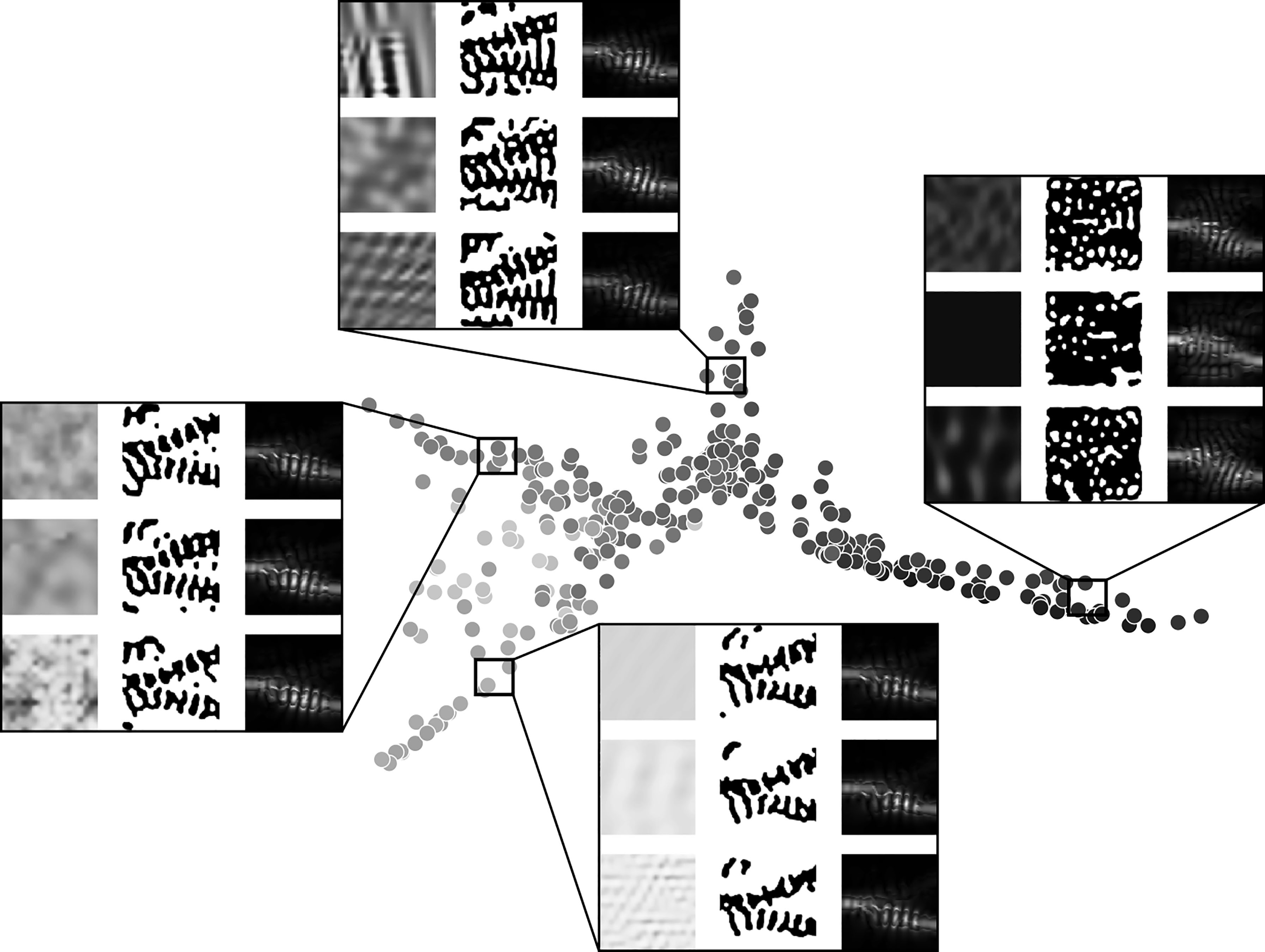
Inverse Design Software Automates Design Process for Optical, Nanophotonic Structures
Stanford University researchers created an inverse design codebase called SPINS that can help researchers explore different design methodologies to find fabricable optical and nanophotonic structures. In the journal Applied Physics Reviews, Logan Su and colleagues review inverse design’s potential for optical and nanophotonic structures, as well as present and explain how to use their own inverse design codebase.
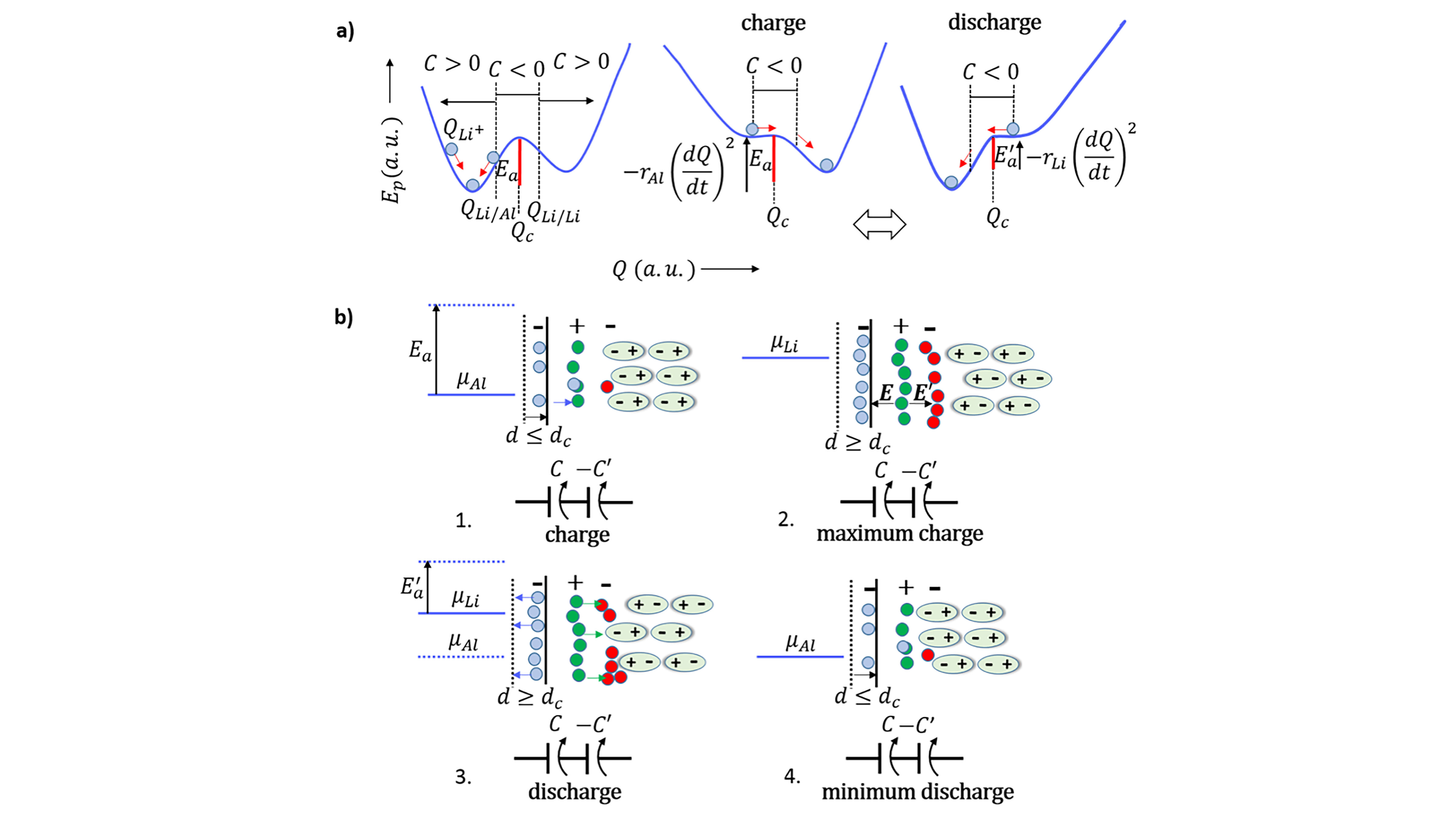
Simple Self-Charging Battery Offers Power Solutions for Devices
A new type of battery combines negative capacitance and negative resistance within the same cell, allowing the cell to self-charge without losing energy, which has important implications for long-term storage and improved output power for batteries. In Applied Physics Reviews, researchers at the University of Porto and the University of Texas at Austin report making their very simple battery with two different metals, as electrodes and a lithium or sodium glass electrolyte between them.

Highly Sensitive Sensors Show Promise in Enhancing Human Touch
People rely on a highly tuned sense of touch to manipulate objects, but injuries to the skin and the simple act of wearing gloves can impair this ability. In this week’s Applied Physics Reviews, scientists report the development of a new tactile-enhancement system based on a highly sensitive sensor. The sensor has remarkable sensitivity, allowing the wearer to detect the light brush of a feather. This crack-based sensor was inspired by a spider’s slit organ.
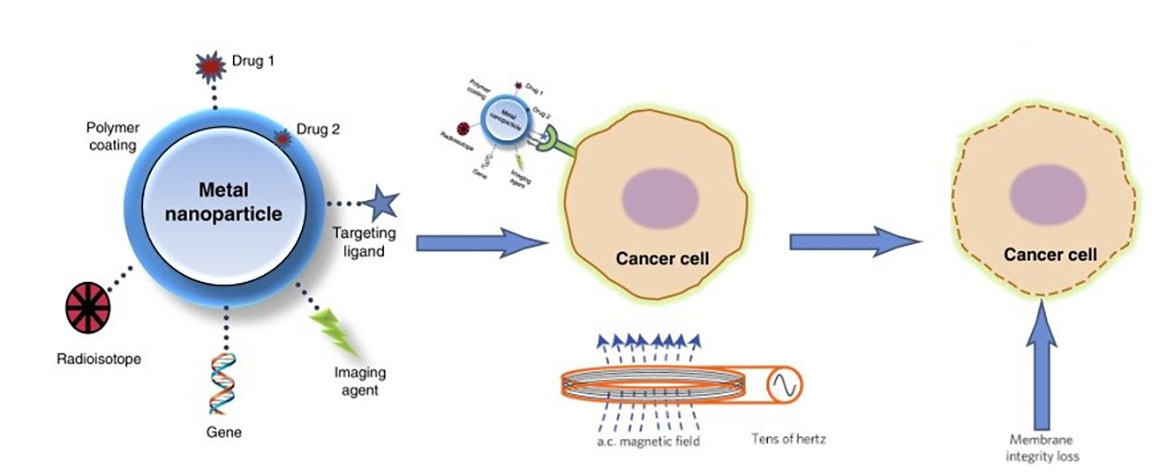
Tiny Magnetic Structures Enhance Medical Science
Researchers review the state of the art in magnetic nanostructures. One especially interesting advance involves an exotic nanodisc configuration, known as a vortex state, where magnetic moments arrange into a curly geometry.

Reinventing the Computer: Brain-Inspired Computing for a Post-Moore’s Law Era
Since 1947, computing development has seen a consistent doubling of the number of transistors that can fit on a chip. But that trend, Moore’s Law, may reach its limit as components of submolecular size encounter problems with thermal noise, making further scaling impossible. In this week’s Applied Physics Reviews, researchers present an examination of the computing landscape, focusing on functions needed to advance brain-inspired neuromorphic computing.
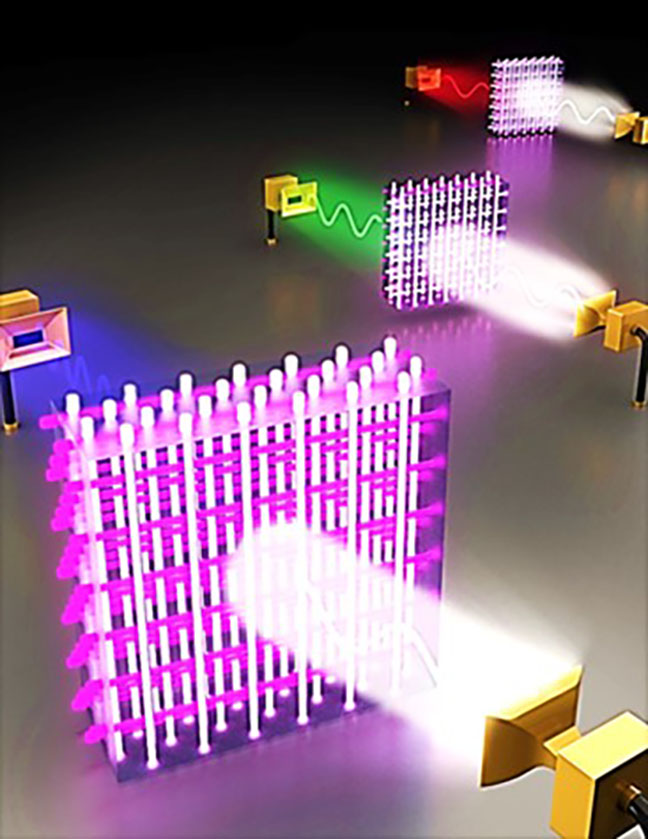
Communications Device Offers Huge Bandwidth Potential
Several countries are building futuristic communication systems using higher frequency electromagnetic waves to transfer more data at faster rates, but they have lacked network components to handle these higher bandwidths. Researcher J. Gary Eden proved his new device can rapidly switch functionality to perform the varied tasks needed to support a network with carrier frequencies of over 100 gigahertz. The miniscule-scale architecture concealed within the sugar cube blocks is described in Applied Physics Reviews.
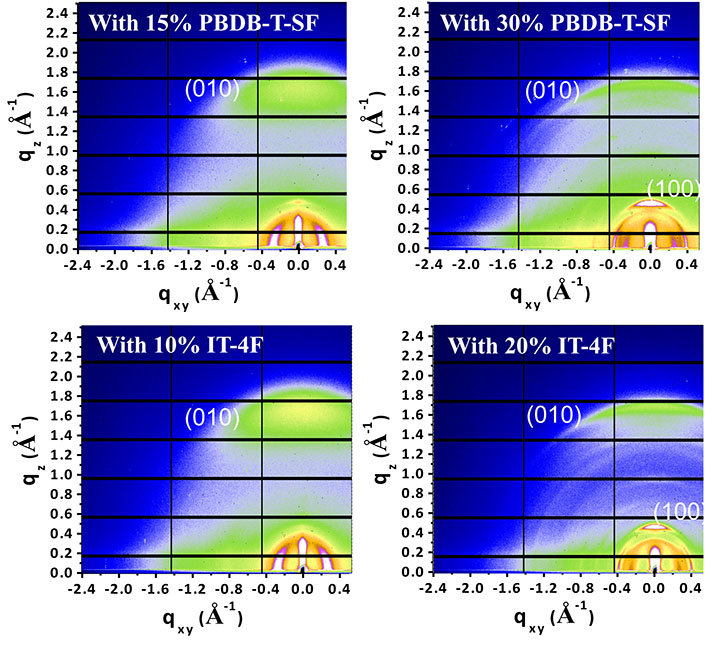
Ternary Acceptor and Donor Materials Increase Photon Harvesting in Organic Solar Cells
Organic solar cells are steadily improving as new materials are developed for the active layer, and a paper published this week in Applied Physics Reviews presents a practical guide for selecting materials for ternary organic solar cells. The authors set out to employ component engineering to extend the light absorption and efficiency of solar cells in a simple, physical way instead of the complicated process of synthesizing new semiconductors.